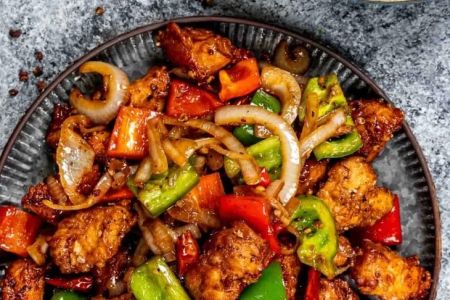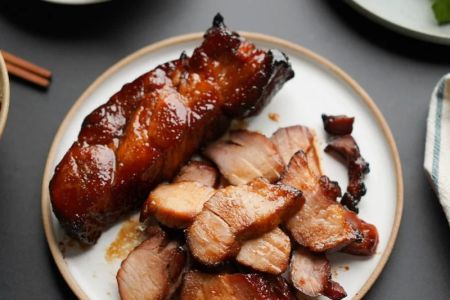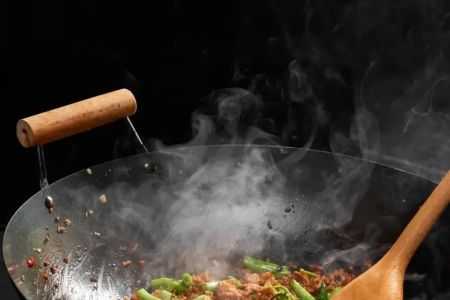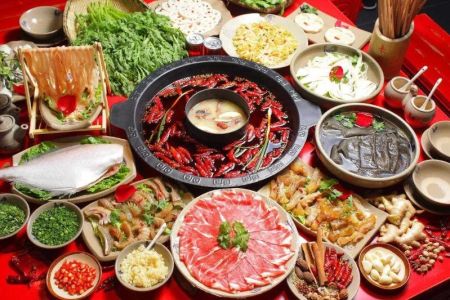How to Make Chinese Dumplings from Scratch: A Step-by-Step Guide
- Why Dumplings Are the Perfect Dish
- Ingredients Needed for Making Dumplings
- Step-by-Step Guide to Making Dumplings
- Tips for Perfect Dumplings
- How to Freeze and Store Dumplings
- Where to Find Quality Ingredients for Dumplings
Why Dumplings Are the Perfect Dish
When it comes to comfort food, few dishes can rival the deliciousness of Chinese dumplings. Dumplings are not only a staple in Chinese cuisine but also a versatile dish that can be enjoyed in a variety of ways. Whether steamed, boiled, or pan-fried, dumplings are perfect for any occasion, from a family dinner to a special celebration.
But the true joy of dumplings lies in making them from scratch. This gives you full control over the flavors, fillings, and texture, making it a highly rewarding experience. Let’s dive into how to make Chinese dumplings from scratch so you can create these mouthwatering treats at home.
Ingredients Needed for Making Dumplings
To make authentic Chinese dumplings, you'll need a few key ingredients. Here's a list of what you'll need for both the dough and the filling:
- Dumpling Dough: All-purpose flour, water, and a pinch of salt. The dough is simple but requires a little patience to knead into the perfect smooth, elastic texture.
- Filling: Pork is the most common meat used for dumplings, but you can also use beef, chicken, or a vegetarian mix of cabbage, mushrooms, and tofu. The filling is often seasoned with soy sauce, sesame oil, ginger, garlic, and green onions.
- Additional Items: A bit of cornstarch or flour for dusting, as well as dipping sauce ingredients such as soy sauce, vinegar, and chili oil.
Step-by-Step Guide to Making Dumplings
Making dumplings from scratch can seem intimidating at first, but with a bit of practice, it becomes a fun and rewarding task. Here’s a simple, step-by-step guide on how to make Chinese dumplings from scratch:
- Making the Dough: Start by mixing flour and water in a large bowl, adding a pinch of salt. Stir until the mixture forms a rough dough. Knead the dough for about 8-10 minutes until it becomes smooth and elastic. Cover it with a damp cloth and let it rest for at least 30 minutes.
- Preparing the Filling: While the dough is resting, prepare your filling. For pork dumplings, mix finely chopped pork with grated ginger, minced garlic, chopped green onions, soy sauce, sesame oil, and a bit of salt and pepper. If you're making a vegetarian version, combine chopped cabbage, mushrooms, tofu, and the same seasonings.
- Forming the Dumplings: After the dough has rested, roll it into a long log and cut it into small pieces. Roll each piece into a ball, then flatten it into a round wrapper. Place a spoonful of filling in the center, and pinch the edges together to form a crescent-shaped dumpling. Be sure to seal the edges tightly to prevent any filling from escaping during cooking.
- Cooking the Dumplings: Dumplings can be boiled, steamed, or pan-fried. To boil, bring a pot of water to a boil, add the dumplings, and cook for about 4-5 minutes until they float. For steaming, place them in a bamboo steamer lined with parchment paper and steam for about 10-12 minutes. If you prefer pan-fried dumplings, heat some oil in a pan, add the dumplings, and cook until golden brown, then add a bit of water to steam them through.
Tips for Perfect Dumplings
While making dumplings from scratch is relatively easy, there are a few tips and tricks to ensure they turn out perfectly every time:
- Make Sure the Dough is Smooth: A smooth dough is key to achieving a soft and chewy dumpling wrapper. Don't skip the resting time!
- Don’t Overfill: It’s tempting to add a lot of filling, but overstuffing can cause the dumplings to break apart while cooking. A tablespoon of filling per dumpling is usually enough.
- Seal the Edges Well: To ensure your dumplings don't leak, press the edges of the wrapper together tightly, and make sure there are no air bubbles inside.
How to Freeze and Store Dumplings
If you’re making a large batch of dumplings, freezing them is a great way to store extras for later. Here’s how:
- Freezing Dumplings: Arrange the uncooked dumplings in a single layer on a baking sheet lined with parchment paper. Place them in the freezer for a few hours until they’re firm, then transfer them to a freezer-safe bag or container. Frozen dumplings can be kept for up to three months.
- Cooking Frozen Dumplings: When you’re ready to eat, you can cook frozen dumplings without thawing them first. Simply boil, steam, or fry them directly from the freezer. They may need an extra minute or two to cook through.
Where to Find Quality Ingredients for Dumplings
If you’re ready to make your dumplings from scratch but aren’t sure where to buy the ingredients, look no further than local Asian supermarkets. You can also find many of these items online at specialty food stores. For top-quality Chinese ingredients, check out Gochina Rose, where you can find everything from fresh dumpling wrappers to high-quality pork and seasonings.






![Top Chinese Restaurants for Authentic Cantonese Cuisine in [Your City]](https://img.gochinarose.com/d33/2507/4157910400_450x300.webp)
